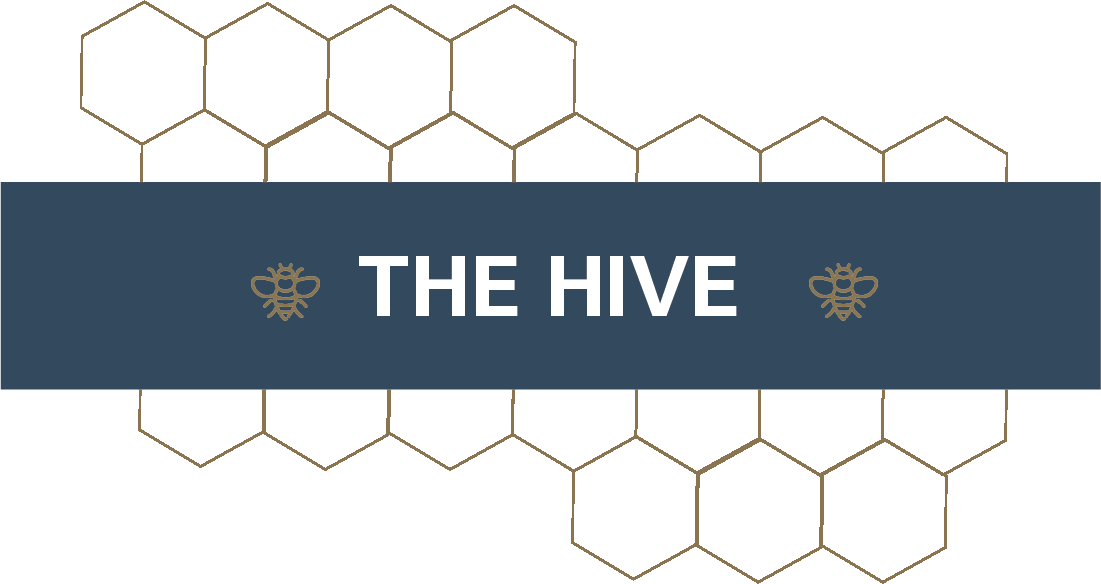Naomi Coleman Medina, PhD, LPC-S
Several years ago, I worked in a building that had few windows, and my office had none. I loved my job, and I loved my colleagues, but at the end of the day, my exit from the building and into the outdoors brought a view of the sky, and I exhaled, both physically and psychologically. It was these experiences that inspired me to dedicate my research interests to the part the natural world plays in psychological well-being.
Speaking of nature, we are all a part of nature. So, “nature” encompasses all living organisms, including plants, non-human animals, and humans. Consider some of the major decisions you have made or epiphanies you have experienced over the last several years. For example, did you proclaim your love to someone within earshot of the natural world? Or make the decision to explore new job opportunities? Or decide you and your partner are no longer a good fit? Or that you feel the need to take better care of yourself? Or was the natural world present when you grieved the loss of someone or something you lost? Were you in the company of the nighttime sky, or the sunrise, or an afternoon walk in your neighborhood? The chances are great that the natural world was your support system, and you didn’t even realize that you invited it to restore your cognitive and emotional processes.

Consider how often the natural world is invited to the party. Families gather in parks for holidays and reunions; wedding venues often include an outdoor option, restaurants offer outdoor seating, and our very own Sewell Park is packed the first sunny day of the spring semester.
According to Wilson (1984), we humans have an innate affinity to the natural world. This nature connection and the benefits nature provides for human health and flourishing continue to be supported in the literature. For example, listening to ocean waves and soundscapes that included bird sounds was found to improve, lower stress, and be psychologically restorative (Largo-Wight et al., 2016; Uebel et al., 2021). The natural world may also improve cognitive function (Prentice & Waliczek, 2021; Zijlema et al., 2017). This is true even when looking out a window (Jamrozik et al., 2019). Having a visual presence of plants, whether inside or outside, can lower tension (Grinde & Patil, 2009), and for office workers, the presence of plants in the office decreased psychological and physiological stress (Genjo et al., 2019; Toyoda et al., 2019). Tactile stimuli that are part of the natural world, natural aromas, along with the taste of nature, such as tea, coffee, etc., can reduce blood pressure and stimulate cognitions (He et al., 2022). When it comes to sensing nature, we can benefit through any one of our five senses.
Most of us, when considering a wellness program, think first about joining a gym or heading to the Rec Center, practicing yoga, journaling, and meditation, among so many other forms of external strategies to maintain wellness. In my research, I learned that power of the natural world on psychological health can simply translate to having a plant in your office (and even artificial plants have been found to improve psychological health and lessen anxiety), visual images of nature scenes, aromas such as coffee, tea, herbs, or tactile versions of the natural world such as fur, wool, feathers, rocks, etc. So, at the end of the day, with nature invited into your office, you will become more well.

Let’s all go buy a plant (real or artificial), or hang a picture on our wall of a nature scene that invites us, or open the blinds to see the sky, or listen to a decorative water fixture, or sip tea or coffee and while doing so, feel the warmth of the cup and smell the scent of the natural world. To be well, we should invite the outside in!
Naomi Coleman Medina, PhD, LPC-S is an Assistant Professor of Instruction in the Department of Psychology at Texas State University. She is also a nature-based therapist in private practice in San Marcos and offers Walk Talk Therapy. She is a fitness coach, and grows orchids for her therapy.
